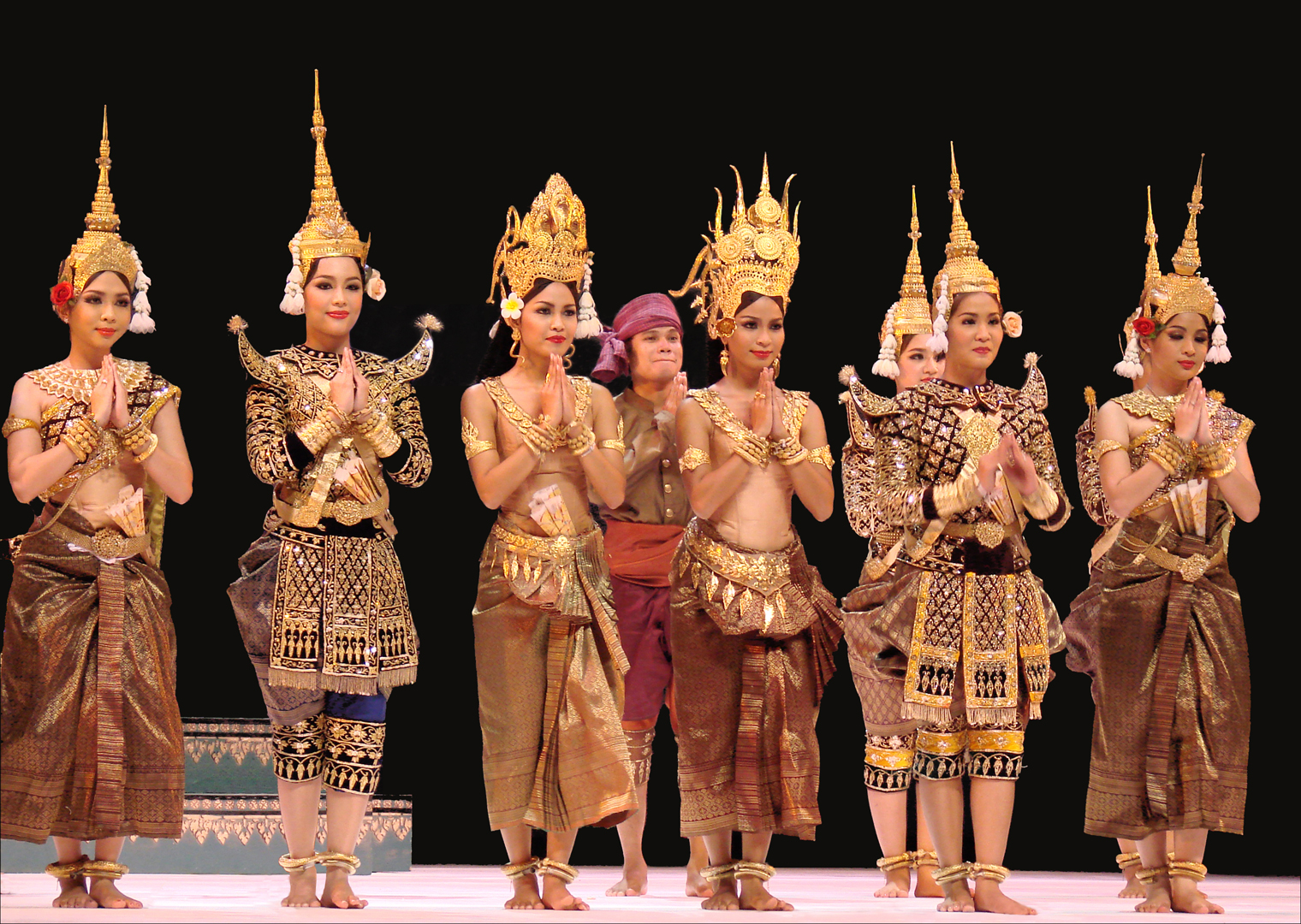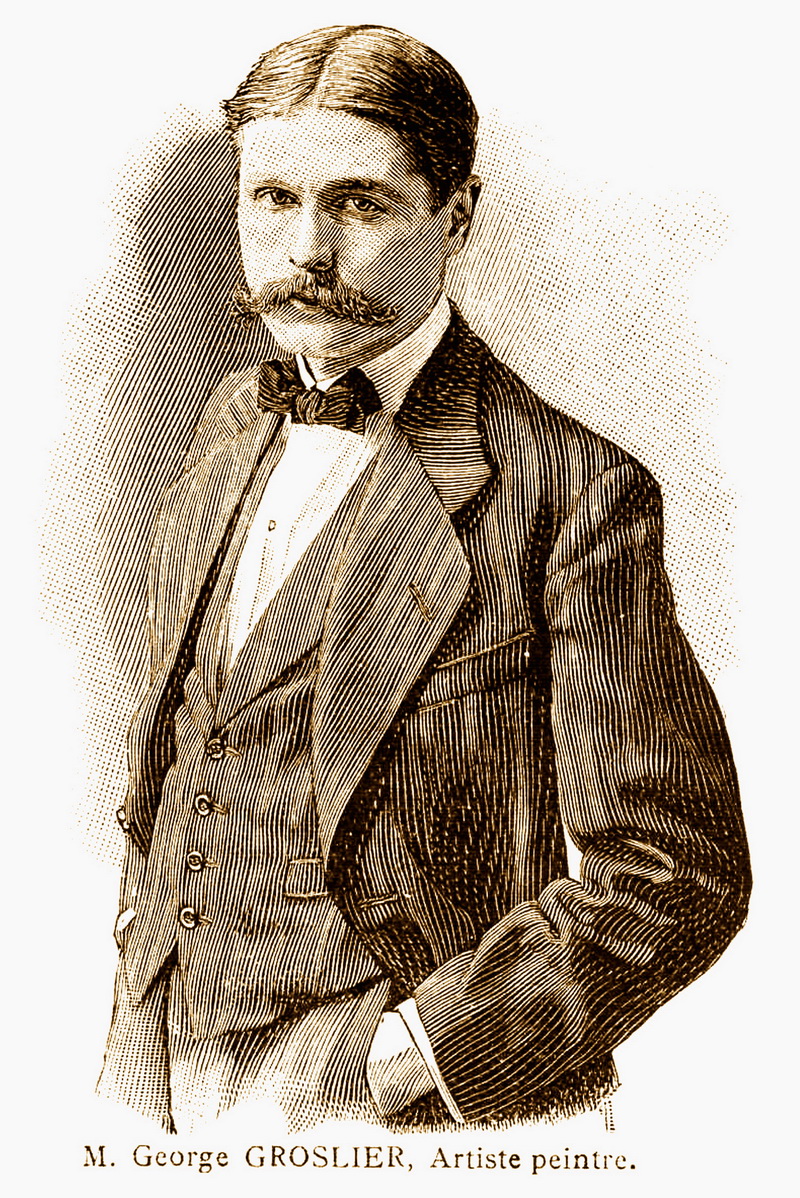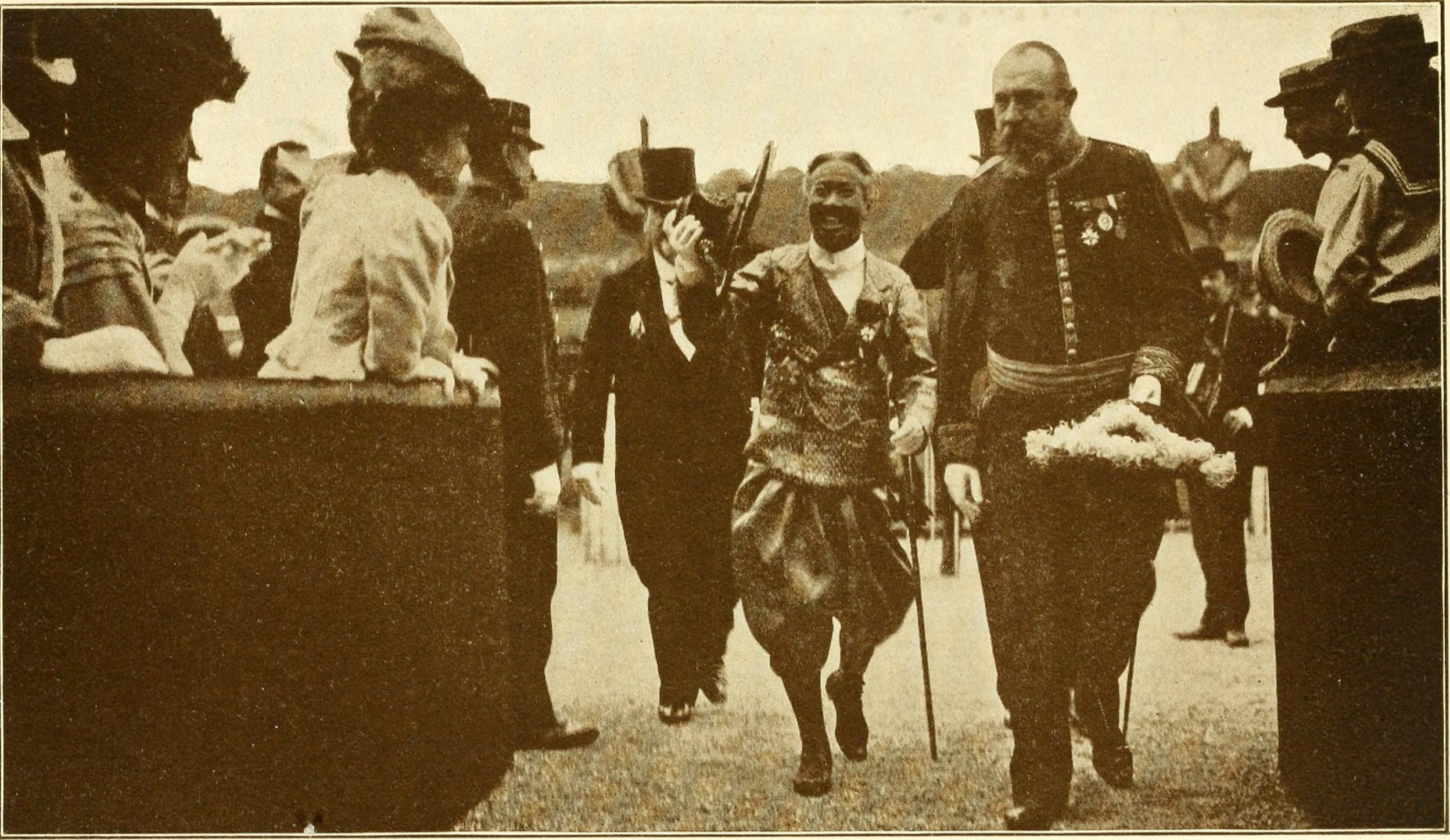|
Kbach
''Kbach'' ( Khmer: ក្បាច់) or Khmer ornamentation is made of traditional decorative elements of Cambodian architecture. While 'kbach' may refer to any sort of art-form style in the Khmer language, such as a gesture in Khmer classical dance, ''kbach rachana'' specifically refers to decorative ornament motifs. ''Kbach'' are also used in decorating of Cambodian silver crafts, furniture, regalia, murals, pottery, ceramics, stone carving, in a singular artistic expression: Etymology According to Chuon Nath's dictionary, ''kbach'' (ក្បាច់) used to be written ''kbache'' (ក្បាចេ) and is a derivative of ''kach'' (កាច់), to hit or break, with a bilabial infix which is a form of intensive morphology, suggesting to hit repeatedly. ''Kbach:'' ornamentation in Khmer decorative arts Historical development: a visual tradition From Indian influence to Khmer identity Not only are many decorative themes unique to Cambodia, but ornamentation moti ... [...More Info...] [...Related Items...] OR: [Wikipedia] [Google] [Baidu] |
Khmer Classical Dance
The Royal Ballet of Cambodia ( km, របាំព្រះរាជទ្រព្យ) is a dance company of Cambodia, famous for its luxury of costumes, accessories, gold and silver, accompanied by a beautiful soft dance. It is a dance that the Cambodian royal family created as a special treasure to show the high dignity of Cambodian dancers, the work of Queen Sisowath Kosamak, created from Khmer traditional dance. During the reign of King Norodom Sihanouk, this dance was inscribed on the UNESCO World Heritage List on 7 November 2003. Teacher Salute Ceremony in Royal Ballet The Teacher Salute Ceremony is a tribute to the teachers who trained and is dedicated to the spirit that controls the spirit in each of the characters of the Royal Ballet. Before the dancers go out to before the audience, the ceremony ensures that their performances are smooth, confident and unobstructed. Salute to the teacher has been around since ancient times when the royal dance troupe had to o ... [...More Info...] [...Related Items...] OR: [Wikipedia] [Google] [Baidu] |
Cambodia
Cambodia (; also Kampuchea ; km, កម្ពុជា, UNGEGN: ), officially the Kingdom of Cambodia, is a country located in the southern portion of the Indochinese Peninsula in Southeast Asia, spanning an area of , bordered by Thailand to the northwest, Laos to the north, Vietnam to the east, and the Gulf of Thailand to the southwest. The capital and largest city is Phnom Penh. The sovereign state of Cambodia has a population of over 17 million. Buddhism is enshrined in the constitution as the official state religion, and is practised by more than 97% of the population. Cambodia's minority groups include Vietnamese, Chinese, Chams and 30 hill tribes. Cambodia has a tropical monsoon climate of two seasons, and the country is made up of a central floodplain around the Tonlé Sap lake and Mekong Delta, surrounded by mountainous regions. The capital and largest city is Phnom Penh, the political, economic and cultural centre of Cambodia. The kingdom is an elective co ... [...More Info...] [...Related Items...] OR: [Wikipedia] [Google] [Baidu] |
Khmer Ceramics & Fine Arts Centre
The Khmer Ceramics & Fine Arts Centre, formerly known as the National Centre for Khmer Ceramics Revival (NCKCR), is an organization aiming to rediscover and reintroduce Khmer ancestral pottery techniques and support the development of contemporary Khmer ceramics art. In the process, the centre creates economic opportunities, helping to decrease poverty in Cambodia.Cambodia.http://www.ceramicstoday.com/articles/Khmer_pottery.htm It is located in Siem Reap. History 2006 * Khmer Ceramics & Fine Art Centre first begin with the name of : NCKCR (National Centre for Khmer Ceramics Revival). 2007 * Reconstitution of a Cambodian traditional wood kiln 40 000 Litres. This kiln has mobilized 15 people for two months + 5000h work. The original kiln has been discovered at Phnom Kulen. * 1st International Khmer Ceramics festival & Conference. The conference is held at the CKS center for Khmer study. 2009 * November 2009 the NCKCR (National Centre for Khmer Ceramics) is relocated on the Temple ... [...More Info...] [...Related Items...] OR: [Wikipedia] [Google] [Baidu] |
Ramayana
The ''Rāmāyana'' (; sa, रामायणम्, ) is a Sanskrit literature, Sanskrit Indian epic poetry, epic composed over a period of nearly a millennium, with scholars' estimates for the earliest stage of the text ranging from the 8th to 4th centuries BCE, and later stages extending up to the 3rd century CE. ''Ramayana'' is one of the two important epics of Hinduism, the other being the ''Mahabharata, Mahābhārata''. The epic, traditionally ascribed to the Maharishi Valmiki, narrates the life of Sita, the Princess of Janakpur, and Rama, a legendary prince of Ayodhya city in the kingdom of Kosala. The epic follows his fourteen-year exile to the forest urged by his father King Dasharatha, on the request of Rama's stepmother Kaikeyi; his travels across forests in the South Asia, Indian subcontinent with his wife Sita and brother Lakshmana, the kidnapping of Sita by Ravana – the king of Lanka, that resulted in war; and Rama's eventual return to Ayodhya to be crowned kin ... [...More Info...] [...Related Items...] OR: [Wikipedia] [Google] [Baidu] |
George Groslier
George Groslier (; February 4, 1887 – June 18, 1945) was a French polymath who – through his work as a painter, writer, historian, archaeologist, ethnologist, architect, photographer and curator – studied, described, popularized and worked to preserve the arts, culture and history of the Khmer Empire of Cambodia. Born in Phnom Penh to a French civil servant – he was the first French child ever born in Cambodia – Groslier was taken by his mother to France at the age of two and grew up in Marseille. Aspiring to become a painter, he tried but failed to win the prestigious Prix de Rome. Shortly afterwards, he returned to Cambodia, on a mission from the Ministry of Education. There he met and befriended a number of French scholars of traditional Cambodian culture. Under their influence, he wrote and published, in France in 1913, his initial book on this subject: ''Danseuses Cambodgiennes – Anciennes et Modernes'' (''Cambodian Dancers – Ancient and Modern''). It was the v ... [...More Info...] [...Related Items...] OR: [Wikipedia] [Google] [Baidu] |
Millstone
Millstones or mill stones are stones used in gristmills, for grinding wheat or other grains. They are sometimes referred to as grindstones or grinding stones. Millstones come in pairs: a convex stationary base known as the ''bedstone'' and a concave ''runner stone'' that rotates. The movement of the runner on top of the bedstone creates a "scissoring" action that grinds grain trapped between the stones. Millstones are constructed so that their shape and configuration help to channel ground flour to the outer edges of the mechanism for collection. The runner stone is supported by a cross-shaped metal piece (millrind or rynd) fixed to a "mace head" topping the main shaft or spindle leading to the driving mechanism of the mill (wind, water (including tide) or other means). History The earliest evidence for stones used to grind food is found in northern Australia, at the Madjedbebe rock shelter in Arnhem Land, dating back around 60,000 years. Grinding stones or grindston ... [...More Info...] [...Related Items...] OR: [Wikipedia] [Google] [Baidu] |
French Protectorate Of Cambodia
The French protectorate of Cambodia ( km, ប្រទេសកម្ពុជាក្រោមអាណាព្យាបាលបារាំង; french: Protectorat français du Cambodge) refers to the Kingdom of Cambodia when it was a French protectorate within French Indochina, a collection of Southeast Asian protectorates within the French Colonial Empire. The protectorate was established in 1863 when the Cambodian King Norodom requested the establishment of a French protectorate over his country, meanwhile Siam (modern Thailand) renounced suzerainty over Cambodia and officially recognised the French protectorate on Cambodia. Cambodia was integrated into the French Indochina union in 1887 along with the French colonies and protectorates in Vietnam (Cochinchina, Annam and Tonkin). In 1946, Cambodia was granted self-rule within the French Union and had its protectorate status abolished in 1949. Cambodia later gained its independence. The day was celebrated as independen ... [...More Info...] [...Related Items...] OR: [Wikipedia] [Google] [Baidu] |
Preah Ko
Preah Ko ( km, ប្រាសាទព្រះគោ, "The Sacred Bull") was the first temple to be built in the ancient and now defunct city of Hariharalaya (in the area that today is called Roluos), some 15 kilometers south-east of the main group of temples at Angkor, Cambodia. The temple was built under the Khmer King Indravarman I in 879 to honor members of the king's family, whom it places in relation with the Hindu deity Shiva. Etymology Preah Ko (Sacred Bull) derives its name from the three statues of sandstone located in the front of and facing the temple's central towers. These statues represent Nandi, the white bull who serves as the mount of Shiva.Higham, C., 2001, The Civilization of Angkor, London: Weidenfeld & Nicolson, History After the Khmer king Jayavarman II founded the Khmer empire in 802 A.D., he finally established his capital at Hariharalaya, where he died. Indravarman I was the nephew of Jayavarman II. When he ascended to the throne, he ordered the ... [...More Info...] [...Related Items...] OR: [Wikipedia] [Google] [Baidu] |
Chisel
A chisel is a tool with a characteristically shaped cutting edge (such that wood chisels have lent part of their name to a particular grind) of blade on its end, for carving or cutting a hard material such as wood, stone, or metal by hand, struck with a mallet, or mechanical power. The handle and blade of some types of chisel are made of metal or of wood with a sharp edge in it. Chiselling use involves forcing the blade into some material to cut it. The driving force may be applied by pushing by hand, or by using a mallet or hammer. In industrial use, a hydraulic ram or falling weight ('trip hammer') may be used to drive a chisel into the material. A gouge (one type of chisel) serves to carve small pieces from the material, particularly in woodworking, woodturning and sculpture. Gouges most frequently produce concave surfaces. A gouge typically has a 'U'-shaped cross-section. Etymology ''Chisel'' comes from the Old French ''cisel'', modern ''ciseau'', Late Latin ''cisel ... [...More Info...] [...Related Items...] OR: [Wikipedia] [Google] [Baidu] |
Chalk
Chalk is a soft, white, porous, sedimentary carbonate rock. It is a form of limestone composed of the mineral calcite and originally formed deep under the sea by the compression of microscopic plankton that had settled to the sea floor. Chalk is common throughout Western Europe, where deposits underlie parts of France, and steep cliffs are often seen where they meet the sea in places such as the Dover cliffs on the Kent coast of the English Channel. Chalk is mined for use in industry, such as for quicklime, bricks and builder's putty, and in agriculture, for raising pH in soils with high acidity. It is also used for " blackboard chalk" for writing and drawing on various types of surfaces, although these can also be manufactured from other carbonate-based minerals, or gypsum. Description Chalk is a fine-textured, earthy type of limestone distinguished by its light color, softness, and high porosity. It is composed mostly of tiny fragments of the calcite shells or skeletons ... [...More Info...] [...Related Items...] OR: [Wikipedia] [Google] [Baidu] |
Charcoal
Charcoal is a lightweight black carbon residue produced by strongly heating wood (or other animal and plant materials) in minimal oxygen to remove all water and volatile constituents. In the traditional version of this pyrolysis process, called charcoal burning, often by forming a charcoal kiln, the heat is supplied by burning part of the starting material itself, with a limited supply of oxygen. The material can also be heated in a closed retort. Modern "charcoal" briquettes used for outdoor cooking may contain many other additives, e.g. coal. This process happens naturally when combustion is incomplete, and is sometimes used in radiocarbon dating. It also happens inadvertently while burning wood, as in a fireplace or wood stove. The visible flame in these is due to combustion of the volatile gases exuded as the wood turns into charcoal. The soot and smoke commonly given off by wood fires result from incomplete combustion of those volatiles. Charcoal burns at a higher temper ... [...More Info...] [...Related Items...] OR: [Wikipedia] [Google] [Baidu] |
Carving
Carving is the act of using tools to shape something from a material by scraping away portions of that material. The technique can be applied to any material that is solid enough to hold a form even when pieces have been removed from it, and yet soft enough for portions to be scraped away with available tools. Carving, as a means for making stone or wooden sculpture, is distinct from methods using soft and malleable materials like clay, fruit, and melted glass, which may be shaped into the desired forms while soft and then harden into that form. Carving tends to require much more work than methods using malleable materials.Daniel Marcus Mendelowitz, ''Children Are Artists: An Introduction to Children's Art for Teachers and Parents'' (1953), p. 136. Kinds of carving include: * Bone carving * Chip carving * Fruit carving * Gourd carving or gourd art * Ice carving or ice sculpture * Ivory carving * Stone carving ** Petroglyph * Vegetable carving ** Thaeng yuak (Banana stalk ca ... [...More Info...] [...Related Items...] OR: [Wikipedia] [Google] [Baidu] |






%2C_Western_Negev%2C_Israel.jpg)

